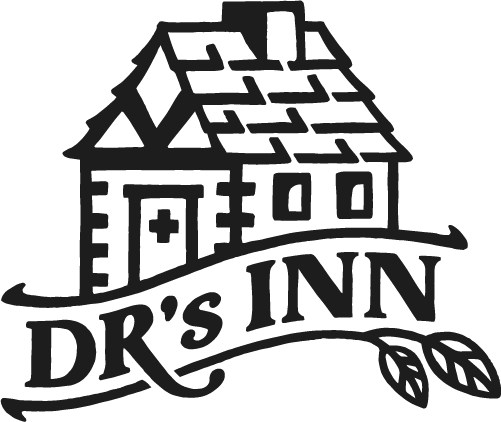Handling Cuts and Burns in Restaurant Kitchens: Safety Tips and Best Practices
Share
In the bustling world of restaurant kitchens, where flames dance and knives glide, the risk of cuts and burns is an ever-present reality. From chefs expertly wielding sharp blades to line cooks deftly maneuvering sizzling pans, every member of the kitchen team faces the potential hazards of working with hot surfaces and sharp objects. However, with proper precautions and training, these risks can be minimized, ensuring a safer and more efficient workplace for all.
Understanding the Risks
Cuts and burns are among the most common workplace injuries in restaurant kitchens. Sharp knives, hot surfaces, boiling liquids, and open flames pose significant dangers if not handled with care. Even the most experienced chefs can fall victim to accidents if they become complacent or fail to follow proper safety protocols.
Prevention is Key
Preventing cuts and burns begins with education and awareness. All kitchen staff should receive comprehensive training on safety procedures, including proper knife handling techniques, the use of protective equipment such as oven mitts and aprons, and the importance of maintaining a clean and organized workspace.
Regular safety inspections should also be conducted to identify and address any potential hazards, such as faulty equipment or frayed electrical cords. By taking proactive measures to eliminate risks, restaurant owners can create a safer environment for their employees and reduce the likelihood of accidents occurring.
Equipping the Team
In addition to training and education, providing the right tools and equipment is essential for preventing injuries in the kitchen. This includes supplying chefs and cooks with high-quality knives that are kept sharp and properly maintained, as dull blades are more likely to slip and cause accidents.
Burns can be prevented by ensuring that all surfaces are properly insulated and that staff are equipped with heat-resistant gloves and aprons when handling hot pans or trays. Installing splash guards and using long-handled utensils can also help reduce the risk of exposure to boiling liquids and steam.
Responding to Injuries
Despite our best efforts, accidents can still occur in restaurant kitchens. In the event of a cut or burn, it's crucial to respond quickly and effectively to minimize the severity of the injury. For minor cuts and burns, clean the affected area with soap and water and apply BurnDr as needed.
For more serious injuries, such as deep cuts or severe burns, seek medical attention immediately. Every restaurant should have a designated first aid kit on hand, stocked with essential supplies such as bandages, gauze, antiseptic wipes, and BurnDr.
Fostering a Culture of Safety
Ultimately, creating a safe working environment in a restaurant kitchen requires a collective effort from everyone on the team. By promoting a culture of safety and emphasizing the importance of following proper procedures, restaurant owners can empower their staff to take ownership of their own well-being and look out for one another.
Regular training sessions and safety meetings can provide opportunities for staff to discuss potential hazards and share tips for staying safe on the job. Encouraging open communication and feedback ensures that everyone feels comfortable reporting any safety concerns or near misses, allowing proactive measures to be taken to prevent future accidents.
In conclusion, cuts and burns are inherent risks in restaurant kitchens, but they can be minimized through education, prevention, and a proactive approach to safety. By prioritizing the well-being of their staff and implementing robust safety protocols, restaurant owners can create a workplace where everyone can thrive and succeed. After all, a safe kitchen is a happy kitchen, and happy kitchens serve up the best food.
